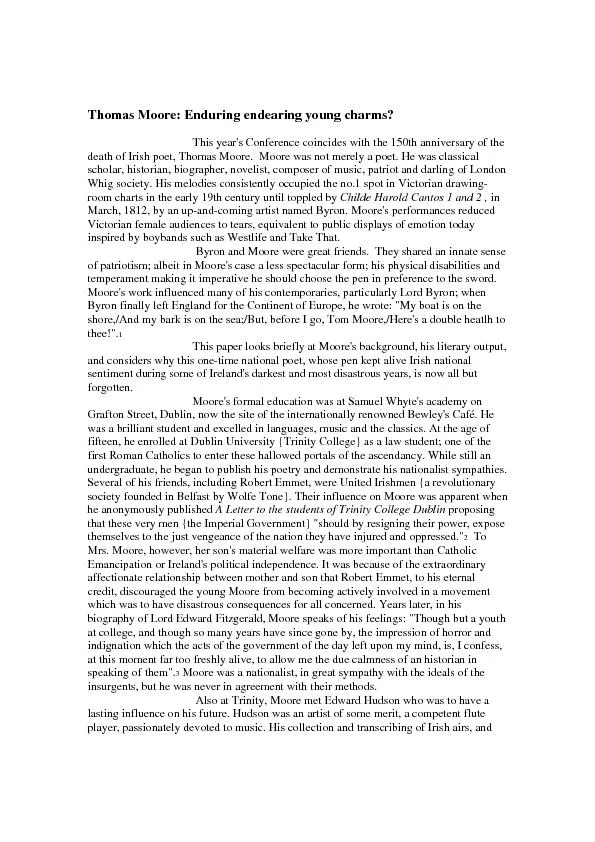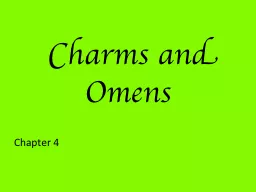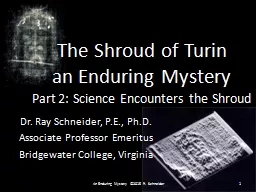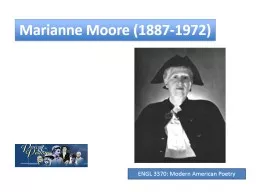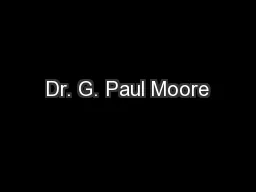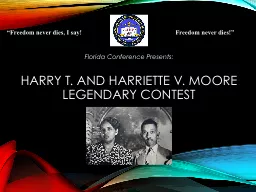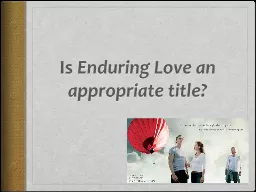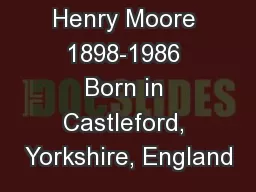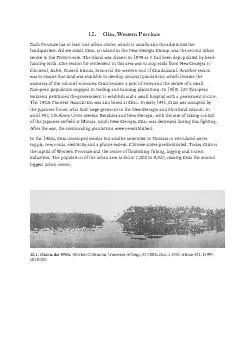PDF-Thomas Moore: Enduring endearing young charms? This year's Con
Author : tatyana-admore | Published Date : 2016-03-21
In 1801 he published his first book of original verse This volume consisted mainly of juvenile efforts which he published under the pseudonym of Thomas Little alluding
Presentation Embed Code
Download Presentation
Download Presentation The PPT/PDF document "Thomas Moore: Enduring endearing young c..." is the property of its rightful owner. Permission is granted to download and print the materials on this website for personal, non-commercial use only, and to display it on your personal computer provided you do not modify the materials and that you retain all copyright notices contained in the materials. By downloading content from our website, you accept the terms of this agreement.
Thomas Moore: Enduring endearing young charms? This year's Con: Transcript
Download Rules Of Document
"Thomas Moore: Enduring endearing young charms? This year's Con"The content belongs to its owner. You may download and print it for personal use, without modification, and keep all copyright notices. By downloading, you agree to these terms.
Related Documents

